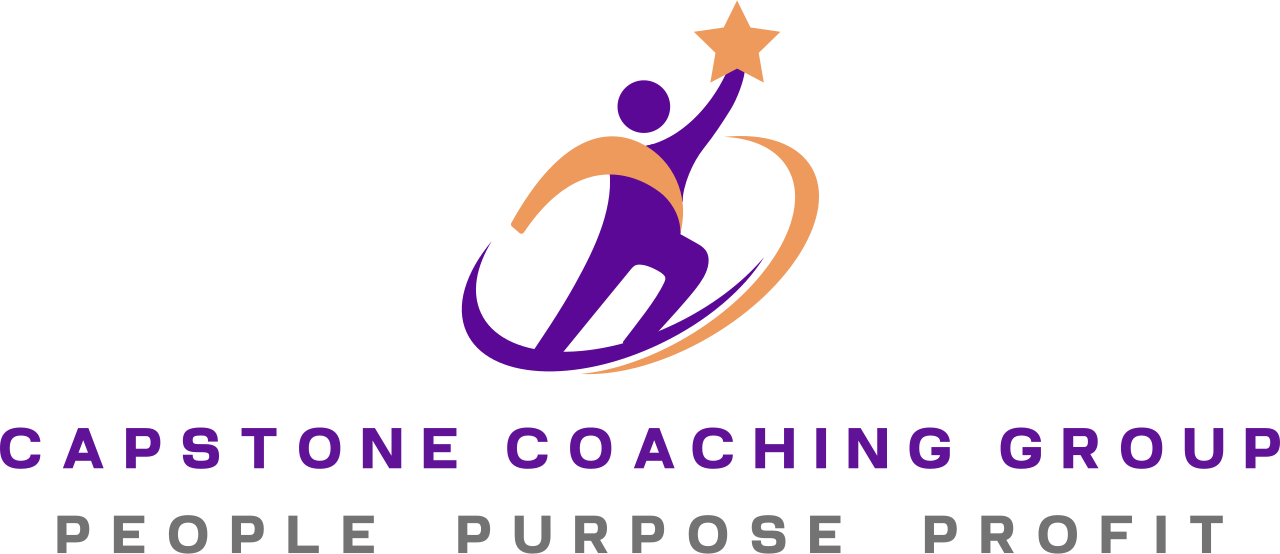BLOG
Part II - Nurturing Entrepreneurial Growth: How to Navigate the Stages of the Journey
Welcome back, fellow visionaries and trailblazers! In the second part of our exploration of Nurturing Entrepreneurial Growth, we'll dive into stages four through seven that characterize the evolution of an entrepreneur, from the scaling to the pinnacle of success.
Stage 4: Scaling Stage - Reaching New Heights
You’ve proven your business model, your product or service has found its market fit, and now it's time to scale. This stage is all about amplification – maximizing the reach of your business and multiplying your impact.
Scaling isn’t just about growth; it’s about replicable, sustainable growth. In this stage, you’re elevating your business to new heights by fine-tuning your strategies, optimizing systems, and focusing on efficiency. You’re building strong partnerships, looking for new investments, and driving innovation in your products, services, and processes.
But scaling brings its own unique set of challenges – the stakes are higher, and so is the complexity.
Here are the top 3 challenges many business-owners face in this stage:
1. Systems and Process Optimization
As you grow, your current processes can start to feel stretched and outdated. What worked when you had a smaller team, or fewer customers may no longer be efficient at scale. To ensure your business can scale effectively, it's crucial to invest in automation, technology, and streamlined processes. Think about your operations, hiring practices, customer support, and how each area can be optimized for greater efficiency.
2. Maintaining Company Culture and Values
Scaling can sometimes mean rapid hiring, entering new markets, and onboarding new clients. The challenge is to maintain the company culture and values that have gotten you this far. Without careful nurturing, culture can slip, and the "soul" of your business can get diluted. It's essential to prioritize a culture that aligns with your mission, reinforces your Pinnacle Gift, and ensures that your team remains aligned with your purpose, even as you expand.
3. Managing Cash Flow and Financial Forecasting
Scaling requires significant financial resources. Whether it's expanding your team, increasing production capacity, or investing in new technology, all these moves come with a price tag. A critical challenge is maintaining healthy cash flow and forecasting accurately to make smart financial decisions. Securing the right type of funding – whether through reinvested profits, equity, or loans – is also key to ensuring you have the runway you need to scale smoothly.
Scaling your business is about replicating success without replicating stress. It’s a time to focus on leveraging your strengths, staying true to your vision, and reaching for those new heights with intention and clarity.

Stage 5: Maturity Stage - Managing Uncertainty & Staying Agile
Entrepreneurs, as you continue to build and grow your business, the path forward is rarely a straight line.
Stage 5 of entrepreneurial growth, “Managing Uncertainty & Staying Agile,” often presents its own unique set of hurdles. At this stage, many business owners feel the pressure of navigating an ever-changing landscape, but it's also where the foundation for future success is laid.
Let’s talk about three of the most common challenges business owners face during this pivotal phase.
1. Balancing Flexibility and Focus
In Stage 5, it's critical to stay agile while also maintaining focus on your core goals and remaining true to your values.
The need to pivot quickly can sometimes feel at odds with the desire for stability and direction. How do you stay flexible without losing sight of your long-term vision? It requires a delicate balance, along with a willingness to test new ideas and adapt when needed.
2. Emotional Resilience
The emotional toll of managing uncertainty can be overwhelming.
The highs and lows of testing new concepts and navigating obstacles can lead to stress and burnout. Building emotional resilience is essential for moving forward, allowing you to recover quickly from setbacks and remain motivated.
Cultivating this resilience is often what separates successful entrepreneurs from those who give up.
3. Continuous Learning and Adaptation
In this stage, learning never stops.
Business owners must remain open to new knowledge, whether it's from market shifts, customer feedback, or industry trends. This commitment to growth and adaptability is what enables you to navigate the chaos and find clarity in your business.
While these challenges can feel daunting, they are also the experiences that shape you as a leader and prepare your business for future growth.
What challenges have you faced during your entrepreneurial journey? I’d love to hear your thoughts!

Stage 6: Harvesting – Reaping the Rewards
Let's we’ll talk about the crossroads encountered by entrepreneurs as they approach the Harvesting phase.
The Harvesting Stage is a time of reflection and reward, where entrepreneurs see the fruits of their hard work after years of dedication.
Whether you're preparing for an exit or simply enjoying the benefits of your efforts, this phase is pivotal in shaping your future path.
Yet, while it seems like smooth sailing, entrepreneurs often face unique challenges during this time. Here are the top three:
1. Balancing Celebration and Future Vision
At this stage, it's important to celebrate your accomplishments. However, many entrepreneurs find themselves asking, "What's next?"
The excitement of success can sometimes be overshadowed by the fear of stagnation or uncertainty about future ventures. Striking a balance between enjoying the moment and planning for the future is key.
2. Navigating the Transition
For those exiting the business, transitioning out can be emotionally complex. Letting go of something you've built can bring a mix of relief, sadness, and even anxiety.
Whether you're passing the baton to a successor, selling the company, or making an acquisition, managing the emotional and logistical aspects of this transition is critical. It’s a time to lean on advisors, mentors, and your inner circle for support.
3. Reassessing Your Purpose
After reaching this point, entrepreneurs often take stock of their personal and professional purpose.
Have your goals evolved? Do you want to pursue new ventures, is it time to scale your current business, or is it time to pivot toward a different path altogether?
This stage offers a powerful opportunity for self-reflection and aligning with what truly drives you.
Remember, the Harvesting Stage is not just an ending—it’s a beginning.
Whether you choose to step away or dive into new projects, take time to celebrate, reflect, and nurture your next adventure. You’ve earned it!

Stage 7 - The Pioneering Stage
Now, let’s dive into the seventh stage.
For seasoned entrepreneurs, the journey doesn’t end after building a successful business—it continues with the Pioneering Stage.
At this stage, you’re venturing into new horizons, guided by the experience and wisdom you’ve gained. This is the time to explore innovative ideas, invest in fresh opportunities, and expand your influence beyond your original venture.
What does this look like in action?
For many, it means mentoring the next generation of business leaders, contributing to the entrepreneurial ecosystem, and embracing change as an essential component of success.
You’re no longer just building your business—you’re leaving a legacy.
But even with experience, the Pioneering Stage presents its own set of challenges.
Here are the top three obstacles most business owners face at this point:
1. Managing Risk in New Ventures
You’ve already succeeded, but stepping into new industries or ventures can feel risky. Balancing innovation with a solid strategy is key to making these moves successful.
2. Staying Relevant in a Changing Market
The market constantly evolves, and staying on the cutting edge requires a willingness to adapt and invest in new trends while keeping your core strengths intact.
3. Mentoring Without Overcommitting
As a seasoned leader, mentoring is rewarding, but it can also become overwhelming if you’re not careful about setting boundaries and maintaining focus on your own projects.
At this stage, you’re shaping the future for yourself and others. It’s exciting, but it’s also a reminder to stay grounded, strategic, and open to collaboration.
Join the Discussion
Which stage of the entrepreneurial journey are you currently in?
What challenges and triumphs have you experienced along the way?
Let’s share our stories and inspire each other!
Embrace every stage of growth—from seedling to pioneering leader—each step shapes the entrepreneurial spirit. Let’s celebrate the journey and propel each other to greater heights!










